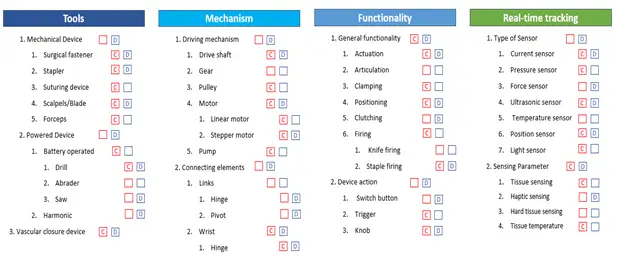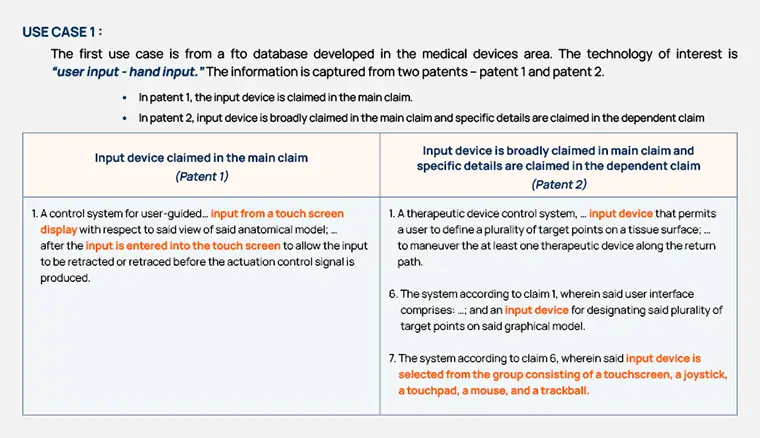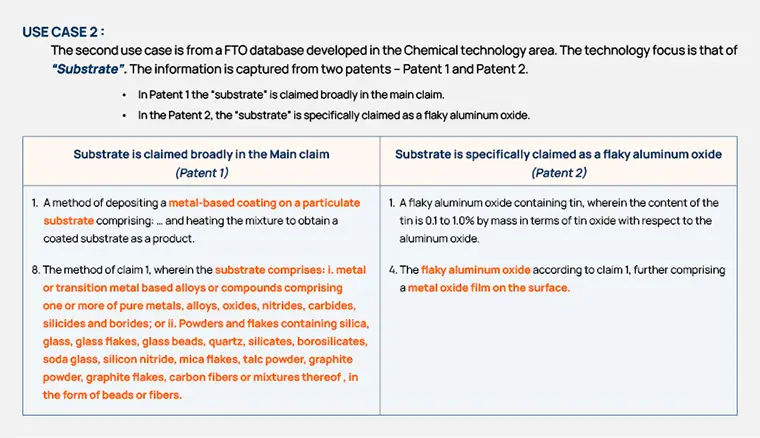This article is a sequel to our earlier discussion about “Develop products with confidence using early-stage Freedom-To-Operate (FTO) searches”. It is our continued commitment to emphasize the importance of FTO assessments, given the increasing number of patent applications and grants, that have resulted in an increased risk of patent infringement.
A freedom-to-operate (FTO) analysis is an important step to be taken by companies in order to reduce the risks of patent infringement and avoid potentially costly litigation or severe consequences such as damages, product recalls, or even a complete halt in sales.
As a result of years of working with companies in various domains, SciTech Patent Art has developed some of the most effective FTO assessment practices. By following these best practices, companies can establish a systematic and strategic commercialization plan for their products / technologies. Here are some highlights:
Start early
Conducting FTO studies during the early stages of product development allows for the identification of infringement risks, which provides opportunities for workarounds or design changes.
Periodic updates
FTO studies should be conducted throughout a product’s life cycle. This is because new patents may be filed or granted, which could impact the product’s FTO status.
FTO database
Building an internal FTO database to store the results of all previous FTO studies is an excellent way to streamline the FTO analysis process and manage costs effectively.
SciTech Patent Art has helped many large organizations build FTO databases, which are valuable tools for managing costs and turnaround time effectively for FTO assessment. The team at SciTech Patent Art has extensive experience in conducting comprehensive patent searches by leveraging advanced search tools and techniques, and conducting in-depth analysis based on their deep domain expertise and knowledge. The typical features of an FTO database include:
Data capture and storage:
-
- The FTO database is a centralized repository of published applications or granted patents gathered from all previous FTO searches conducted and updated on a routine basis.
- The database is topic-specific and built either for a specific technology or product of interest to the client.
- The client could define the coverage such as geographies / jurisdictions, time-period or legal status, based on their plans for commercialization.
- Patent searches for FTO studies are not restricted to claims, as is done in conventional patent searches. Instead, every mechanistic and functional aspect is considered. This approach ensures that all potentially relevant patents are identified.
Data structure and analysis:
-
- The FTO database is unique in how its taxonomy is built, based on either the technology or product as specified by the client. As FTO is a complex process, a technology could be broken down into multiple aspects or a product could be broken down into multiple components. It is essential to capture these technology aspects or product components from the patents based on their level of disclosure, whether in claims or specification. The FTO database is designed to capture and reflect such a level of minute details.
- The analysis is done by considering both claims and description sections of the patent. This is because the description can provide valuable information about the invention’s intended use, which can help to identify potential infringement risks that may not be apparent from the claims alone.
- Technology aspects or product components that are not claimed but are disclosed open up new opportunities that could be explored. Therefore, it is recommended not to overlook non-claimed disclosures when conducting FTO analyses.
Data retrieval and filtering:
-
- Data retrieval and filtering are important components of an FTO database. The database is designed to be easily searchable and sortable, allowing users to quickly find and analyze the information they need.
User testimony
“The FTO database built by SciTech Patent Art saves us a lot of time and effort. This helps us conduct FTO studies on focused aspects when the R&D team raises questions. FTO studies are critical for our business and are high-profile as even one missed record can cause us big problems. Given this, SPA’s FTO database is a critical enabler for rapid early stage FTO studies”
– Director of IP Division, a medical device company
One of the screenshots from the FTO database below displays how a technology / product is broken down into multiple elements to create a taxonomy structure. Information captured from patent documents is analyzed as per the taxonomy and the level of disclosure whether it is from claims or specification.

Figure: An exemplary taxonomy of a FTO database is presented above for better understanding.
The following are some use cases on how our analysts read and analyze information from patents and feed the same into this database.


SciTech Patent Art is a 20+ year old technology and patent intelligence firm specializing in patent and scientific literature analysis. As a team of over 100 scientists and technologists, we leverage Machine Learning (ML) tools combined with human expertise to uncover insights from a variety of data sources for our clients.
Our R&D or product Development clients have seen tremendous benefits by leveraging the FTO database. By using an internal FTO database, clients can proactively identify new patents or patent applications, if any, that could potentially impact freedom to operate of their technology / product, or track patent trends that would help them formulate future product development strategies. An FTO database is a sound investment for organizations that want to reduce patent infringement risk and ensure continued freedom to operate.
